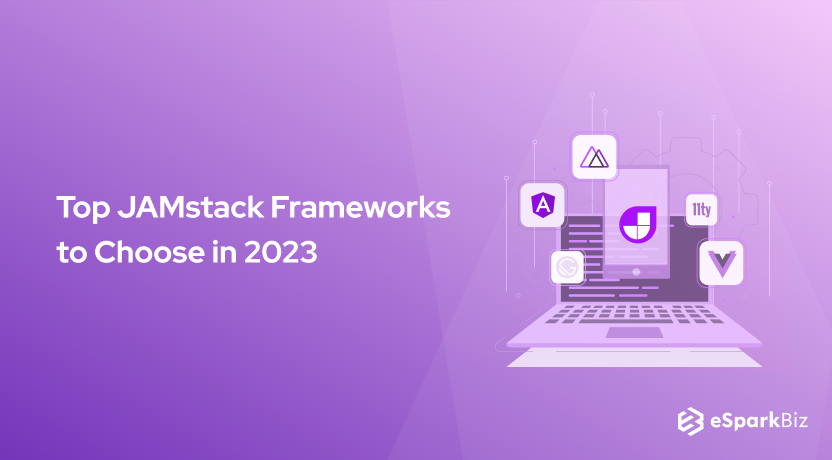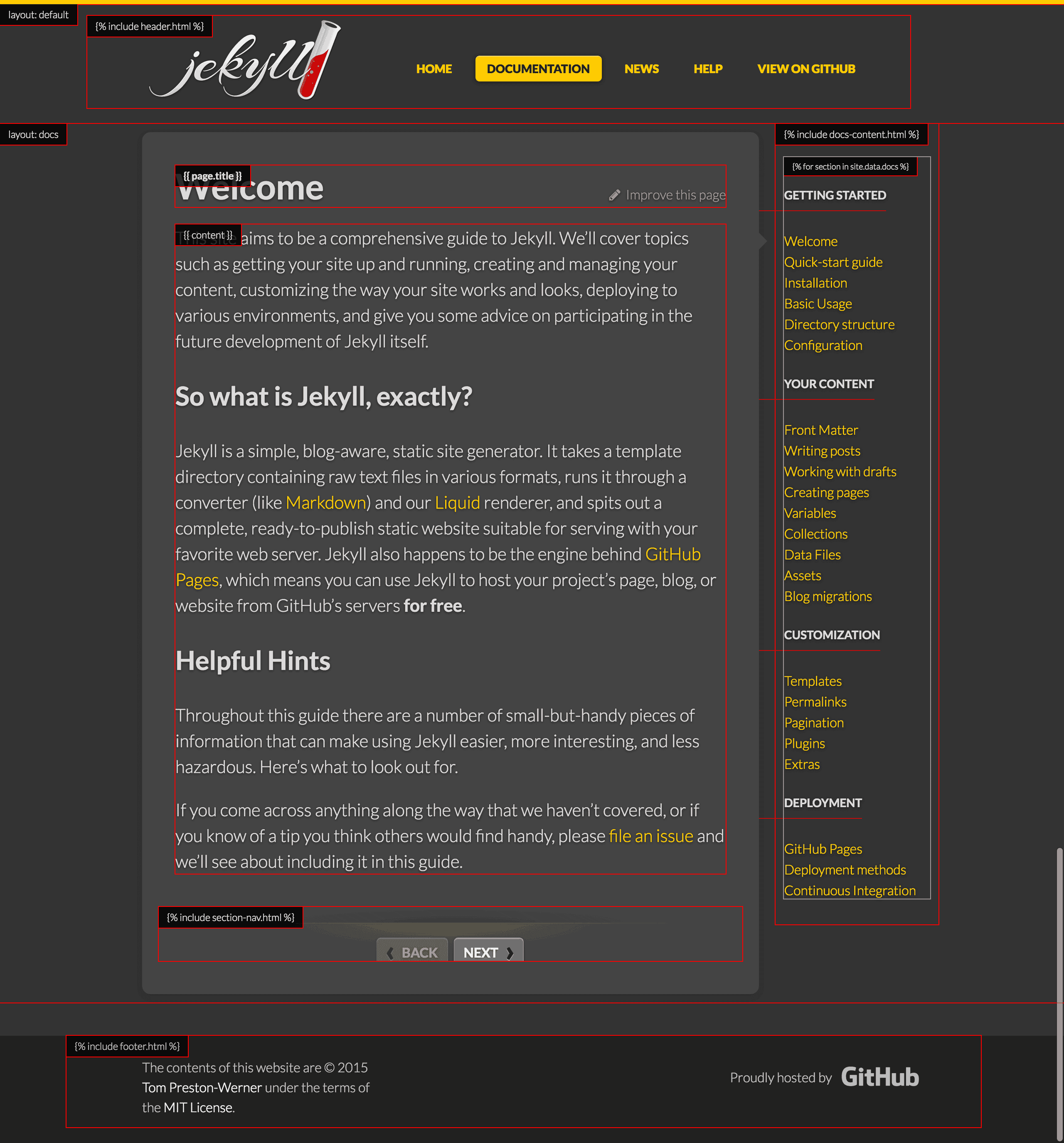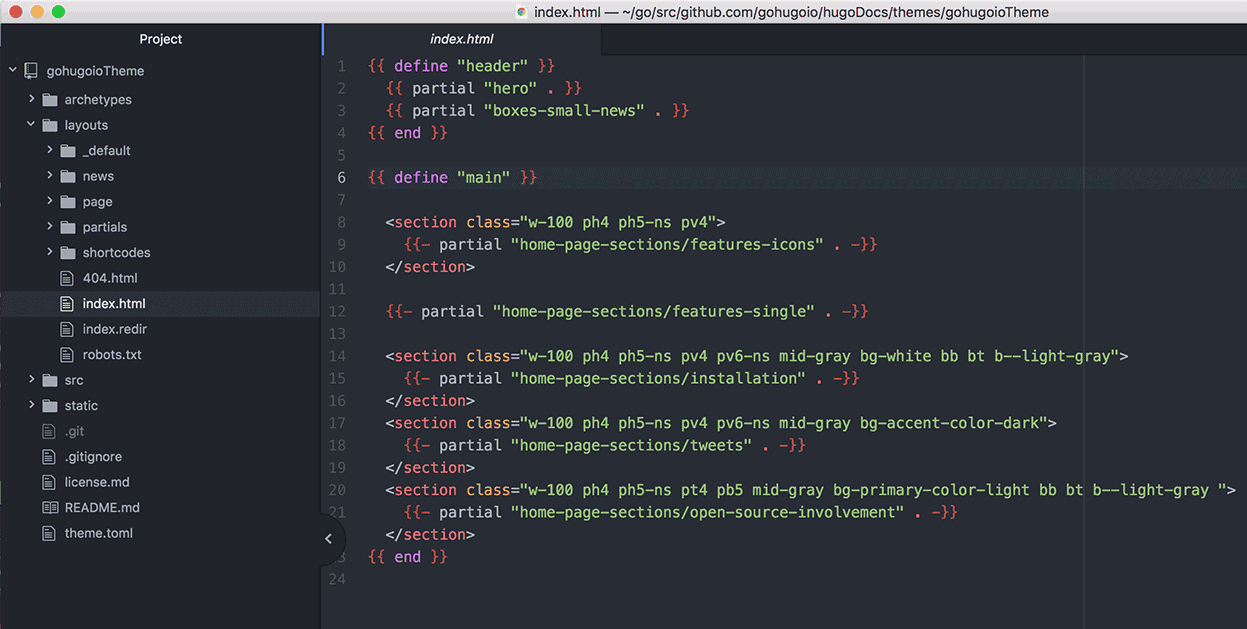When we talk about JAMstack, it must be understood that it is not just a certain platform or set of technologies. JAMstack is the new way of building websites that have become extremely popular in recent times. The best part about JAMstack is the huge range of exciting tools that underlies JAMstack Frameworks.
Research suggests that there has been a significant increase in the number of desktop web pages powered by JAMstack frameworks. The rate of growth was over 85% from 2019 to 2020.
On the mobile platform, the rate of increase was recorded at over 147% from 2019. This significant growth in one year was primarily for the several benefits offered by JAMstack frameworks.
In this article, we will talk about the top JAMstack frameworks in 2024. With a vast range of options to choose from right now, experts curated this list through extensive research. Before we head on to that, let us take a brief look at the key features and benefits of JAMstack.
Best JAMstack Frameworks to Choose from in 2024
This list of the top JAMstack frameworks in 2024 makes the job easier for developers. With this list, professionals in the field can make the right choice when choosing JAMstack frameworks based on their specific needs and development objectives. Let us now take a look at this list.
Gatsby.js

Gatsby.js is one of the most popular and undoubtedly one of the best JAMstack frameworks you can find in 2024. Gatsby.js is an open-source front-end framework that was built with React.
The browsable library of Gatsby provides a rich landscape of CSS, analytics, UI, eCommerce, search, and various media capabilities – all in one place.
Gatsby. Js Developers primarily use the framework to build high-end apps and websites that demand superior speed and seamless performance. Gatsby is known for its modern static site generator that comes with great documentation capabilities and a range of off-the-shelf plugins and features.
Pros of Gatsby.js
- SEO-friendly
- Cost-effective
- Vast and versatile ecosystem
- Easy scalability
- Accessibility
- Modern workflow
Cons of Gatsby.js
- Time-consuming development
- Need for huge volume of content
Next.js
This is the most popular JavaScript framework in the market right now. Next.js constitutes the majority of the JAMstack market. The framework enables developers to build high-performance yet very user-friendly static sites and web apps with React.
Next.js is the “next” framework that removes the boundary between static and dynamic. However, Next.js is not just a static site generator. With features like Automatic Static Optimization, it can also be used to build hybrid applications that have both server-rendered and statically-rendered web pages.
Pros of Next.js
- Quick turnaround time
- Omnichannel capabilities
- Excellent community support
- Default options for image optimization
- A vast component-based library
- Built-in features include CSS support, TypeScript support, and Incremental
- Static Generation.
- Highly flexible
- Great for customized user experience building
Cons of Next.js
- Requires continuous management
- More expensive development and modifications
- Lacks built-in state manager
- Lacks the options of plugins
Jekyll
Written by GitHub’s co-founder Tom Preston in Ruby, Jekyll is basically a JAMstack static site generator (SSG) with considerable popularity all across the global market right now. The framework can be used for all kinds of applications, including personal site development projects, heavier enterprise or business sites, and blogging.
Pros of Jekyll
- Seamlessly extendable
- Easy hosting through GitHub Pages
- A large community offering great support
- Several contributors
- Established and widely accepted technology
Cons of Jekyll
- Build times can be stretched
- Lacks the capability of integrating dynamic features
- Not very adaptable and consequently not future-proof.
Hugo
As the name suggests, Hugo is a popular and chosen static site generator (SSG) written in Go. The framework offers a really fun and exciting development experience while meeting your needs and budget appropriately.
Hugo can help developers build modern sites in less time, unlike most other dynamic websites with the constituent build pages during every visit. The framework has a robust community of users making for great support and ample resources.
Pros of Hugo
- Superior performance
- Fast speed
- Excellent capabilities for content management
- Over 300 available themes for use
- Several in-built templates
- Shortcodes
- Multi-language site development
Cons of Hugo
- The learning curve is steep, especially when it is about newcomers
- There is a lack of a plugin system, which can be a significant limitation for specific purposes
Nuxt.js

Last but not least, we end the list with the second most popular JAMstack framework available right now. Nuxt is a preferred JAMstack open-source framework that helps build a variety of web applications along with Vue.js.
The framework has several problem-solving capabilities, including the combination of libraries, organization of code, SEO, and website speed optimization. The framework is based on Vue.js.
Pros of Nuxt
- Exceptional development experience
- Great modularity
- High performance
- Offers a hybrid of SSR and SSG rendering
Cons of Nuxt
- Complicated debugging procedure
- Custom libraries can be challenging to work with
- Might be complicated when working on projects with tight deadlines
JAMstack Is Here to Stay
As we have already mentioned, JAMstack has gained considerable popularity in the past few years. The new architecture has been a top trend in both web and app development fields. According to reports by Web Almanac, web pages powered by JAMstack grew from 0.4% in 2019 to 0.8% in 2020.
This new architecture has a lot of potentials. It carries numerous possibilities and offers great opportunities for enhanced productivity of the entire design and development process.
In this article, we have talked about the key features and benefits, along with the list of the best JAMstack frameworks in 2024. With numerous frameworks making it to the list of top options, this handpicked list makes a choice easier for designers and developers in mobile app and website development.
Also Read: Why Use JAMstack for eCommerce in 2024?
Key Features and Benefits of JAMstack
To be very brief and precise, JAMstack development is a new concept of web architecture that makes the design of a site more scalable, faster, and more secure. JAMstack is primarily preferred in recent times because it maximizes productivity through several streamlined workflows and a wide variety of tools.
That being said, JAMstack is named after its three primary components, which include:
- Javascript
- APIs.
- Markup
JAMstack is based on the core principles of pre-rendering site pages and decoupling the front-end from the back end. The main idea is to deliver front-end content that is separately hosted on a CDN provider that utilizes APIs for its back-end, if any.
The best thing about JAMstack, which makes it so popular and preferred, is that the web architecture does not allow the page request to hit a server for HTML. Instead, with JAMstack, the HTML is fetched from a CDN, where the HTML file was pre-built and is ready for download.
There are several benefits of JAMstack, including more control and a greater range of capabilities in designers and front-end developers. This has led to a huge rise in the popularity of JAMstack.
According to a survey reported by Netlify, the simplicity and speed of the Jamstack architecture have attracted developers to this new workflow, even before scalability comes into question. Amongst other notable benefits of this new architecture are:
- Lesser scope for unpredicted expenses
- Enhanced security and stability
- Front-end focus
- Superior performance
- High scalability
Here is the list of the best JAMstack frameworks available right now in 2024. Check out the list if you plan to use JAMstack for your next project.
Ending Note
According to a report by Web Almanac based on the analysis of 14 different JAMstack frameworks, just six of these frameworks had more than 1% of the market share. The names mentioned on the list above are the top names with most of the JAMstack market share.
In terms of popularity, Next.js tops the list with 58.6%. The second most popular framework, Nuxt.js, has a usage share of 18.6%.
So figure out what you need and your objectives for the project. If you are looking to use JAMstack anytime soon, the above list of top JAMstack frameworks in 2024 will be convenient for you.










